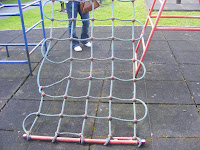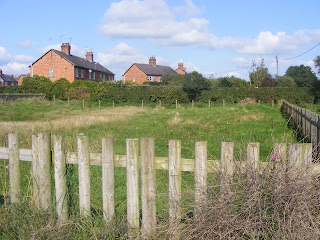For part of my visual research I took a walk around my local town of Whitchurch. I took photographs of the parks and playgrounds. I looked at the facilities, safety and maintance of the parks. I thought that the might be a reason why children are choosing to stay inside instead of outside.
QUEENSWAY PARK
 This is a park i used to play at when i was younger the closest to me surrounded by lots of family homes. As you can see all the grass is over grown and it is deserted. It doesn't look safe for any children to use.
This is a park i used to play at when i was younger the closest to me surrounded by lots of family homes. As you can see all the grass is over grown and it is deserted. It doesn't look safe for any children to use.


The gate to the small playground was locked so kids can't get in to play. The whole park was covered in litter and duck poo. NOT MAINTAINED.

Attracts the wrong sort of people youths that don't look after the park leaving graffiti and empty bee bottles and fag packets.



The park has a pond where there are a few ducks around the pond there is a small fence however it isn't the safest and won't stop children getting to close.

There is a sign that says no ball games this i didn't
understand because its a park. Not encouraging play!




























